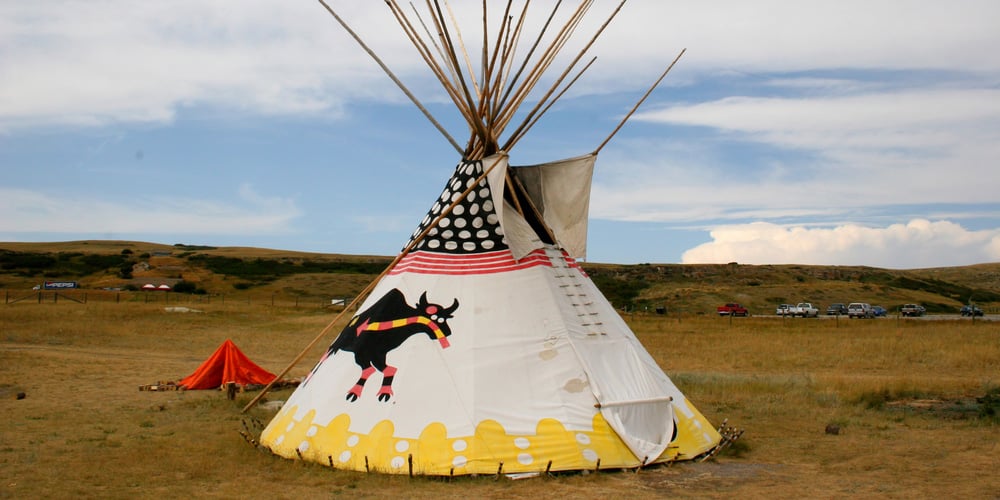Doing Business with First Nations Leasing Land
There is a new reality taking shape in the Canadian economy. More than ever before, First Nations are pursuing and achieving a greater share in the...

The time has come and we see action on the horizon in terms of change coming politically, legally and economically for Indigenous Peoples. Improving First Nations economic development potential is desirable not only for the First Nation but also for Canada’s mainstream businesses and the national economy. Business owners increasingly recognize the link between the success of First Nations economic development interests and that of their own. On their part, First Nations increasingly are actively pursuing economic development opportunities on reserve and within their traditional territory lands.
It's imperative that we do business with First Nations so here are some tips – some are common sense, some are cultural - to keep in mind when doing business with First Nations.
Take the time to learn about your partner, their culture, and their business goals. There are over 600 First Nation communities in Canada and each one has its own unique culture. A successful working relationship will be based on a solid foundation of respect.
The best way to get to know your potential partner is to have regular, face-to-face meetings with open and respectful communication. Don’t just have a meeting when a document has to be signed or when an issue has arisen. Plan to visit the community frequently, and attend and support cultural events.
If and when an issue does arise, the conversation is going to go a lot more smoothly if you have an established, respectful relationship.
Ensure the speaker has finished speaking before jumping in. A silence at the end of a statement does not necessarily indicate the person has finished speaking. Always wait for what might be considered an uncomfortable length of time before speaking.
Here's an article that might help you with that all-important letter to the chief of the community: Communications With Indigenous Leaders - Letter Writing Tips.
First Nations culture is oral. Meet and discuss documents in-depth.
Details of your business agreement cannot be dealt with in one meeting. Allow for an adequate timeframe to work out the details of the agreement. Keep in mind that while economic developments are important to the community, Chief and Council have other pressing community matters that must be attended to and can take precedence over yours. Additionally, they are often inundated with requests for meetings so keep that in mind while trying to book a meeting. Also, realize that meetings can be cancelled at very short notice if a community matter arises.
First Nations have endured hundreds of years of top-down approaches via the Indian Act. Avoid authoritative attitudes and approaches to issues. Use a consensus-building approach.
Don’t fill the air with empty promises – your word is taken seriously. If you make a promise that you find you can’t deliver on, expect to feel some shame. Treat your First Nation partner with the same respect you would like shown to yourself. Be trustworthy and respectful.
Keep in mind that First Nations have a completely different view on the meaning of “long term” than do non-First Nations. When they make a decision they weigh the impact on seven generations into the future and respect those who are no longer here.
Individuals can become uncomfortable if asked to make decisions for the group. Often, community consultation, collective decision-making, and permission to make decisions must occur - this can be time-consuming so again, check your watch at the door and go with the flow.
This article was originally published April 27, 2015.
Featured photo: Unsplash

There is a new reality taking shape in the Canadian economy. More than ever before, First Nations are pursuing and achieving a greater share in the...

Ramona Materi, MPA, MEd is the President of Ingenia Consulting. Ingenia consults on labour market and economic development issues. The firm has...

Here are seven First Nation facts plus one fun fact to add to your storehouse of knowledge. 1) Number of Nations There are over 634 recognized First...